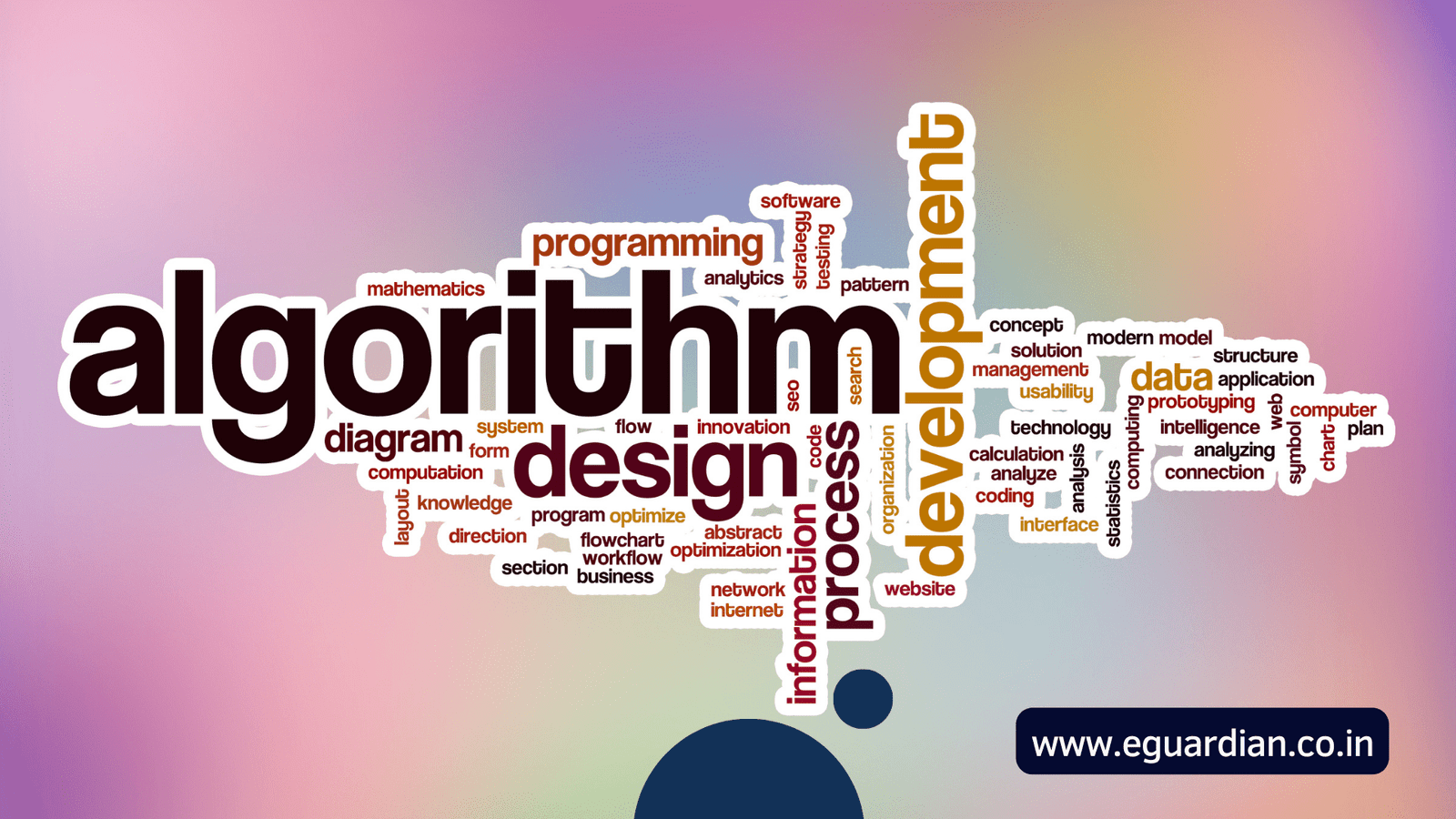Welcome to the ultimate Web Technology MCQ Questions and Answers PDF designed exclusively for Exams 2025! If you are eager to ace your web development assessments and stay ahead in the dynamic tech world, you’re in the right place.
This comprehensive collection of Multiple Choice Questions (MCQs) is carefully curated to sharpen your web development skills, reinforce crucial concepts, and boost your confidence for success in Exams 2025.
Web technology is at the heart of modern-day digital transformation, and being well-versed in its nuances is a valuable asset in today’s tech-driven landscape. Whether you’re a student aspiring to excel in web development or a professional seeking to upskill, our Web Technology MCQs will guide this exciting journey.

Web Technology MCQ Questions and answers
Here are multiple choice questions and corresponding answers on web technology that IT students can use to prepare for academic and competitive exams in various institutes.
1. The ___ is the global “Network of Networks,” linking thousands of computer networks.
Answer: Internet
2. In ___, the ARPANET was retired and transferred to the NSFNET.
Answer: 1990
3. ISP stands for ___.
Answer: Internet Service Provider
4. A ___ can be defined as an application software or program created to allow users to access, retrieve, and view documents and resources on the Internet.
Answer: Pages
5. ___ is a protocol that allows users on the computer to transfer files to another computer or exchange files over the Internet.
Answer: Hypertext Markup Language
6. ___ is a connection-less transport layer protocol.
Answer: World Wide Web
7. Information on the Web is displayed in ___.
Answer: Uniform Resource Locator
8. HTML stands for ___.
Answer: Apache webserver
9. The ___ is a structure of interlinked hypertext documents accessed online.
Answer: UDP
10. URL stands for ___.
Answer: Web browser
11. ___ is open-source software that can be installed and made to work on all operating systems, including Linux, Unix, Windows, FreeBSD, Mac OS X, and more.
Answer: FTP
12. The software giant Microsoft developed the Internet Information Services (IIS) Windows web server. (True/False)
Answer: True
13. The HTML <b> tag specifies bold text. (True/False)
Answer: True
14. Which HTML tag contains both text and graphics and all the other HTML tags necessary for controlling and formatting the page?
Answer: Body
15. ____ tag we use to create a paragraph; creating a paragraph is simple as entering text.
Answer: <p>
16. A tag applied to an individual character is known as a ___.
Answer: character tag
17. To display an image on a page, you must use the ___ attribute.
Answer: src
18. Using the ____ attribute, we can specify alternative text for our image.
Answer: alt
19. Create a link to another document using the ____ attribute.
Answer: href
20. ___ attribute specifies a title for the document to which you are linking.
Answer: Title
21. CSS stands for ___.
Answer: Cascading style sheet
22. ___ style sheets are defined by using the <style> tag within the <head> area of the document.
Answer: Internal
23. ___ are used when more than one option is required to be selected.
Answer: Checkboxes
24. The ___ element is used to select useful information.
Answer: Input
25. This creates a button that automatically resets form controls to their initial values.
Answer: Reset
26. Which is a collection of numbers and words ordered in rows and columns of cells.
Answer: Table
27. DHTML sites are___ in nature.
Answer: Dynamic
28. What defines a standard set of objects for any structured document?
Answer: Core DOM
29. CSS stands for ___.
Answer: Cascading style sheet
30. ___ styles HTML elements such as layering and positioning the content.
Answer: 4.CSS
31. ___ fires immediately after the client loads the object.
Answer: onload event
32. ___ invokes Javascript when the mouse passes over a link.
Answer: Onmouseover event
33. ___ is a Microsoft technology combined with ActiveX Data Objects (ADO).
Answer: RDS
34. ___ is a Microsoft ActiveX control that will sort through a data file, extrapolate the necessary information, and produce that information.
Answer: TDC
35. DSO stands for ___.
Answer: Data Source Object
36. The ___ is the root of the object hierarchy.
Answer: Window object
37. There are three window methods extensively: window.alert(), window.prompt() and ___.
Answer: window.confirm()
38. ___ allows programmers to write code that navigates a web browser’s history.
Answer: History object
39. ___ contains information about the browser, allowing programmers to detect important information about the application the user runs to view a web page.
Answer: Navigator object
40. XML stands for ___.
Answer: eXtensible Markup Language
41. ___ is used to describe how data is formatted.
Answer: HTML
42. ___ can be used to create documents and data records that are fully portable and platform-independent.
Answer: XML
43. If the XML declaration appears, it must be the ___ in the XML document.
Answer: very first
44. Currently, ___ is the only approved version of XML.
Answer: XML 1.0
45. To create an XML document, we must start with a single root element.
Answer: root
46. To create tables and place some data in them, we need the ___ WML tags.
Answer: <tr> and <td>
47. An ___ specifies a single property for an element using a name/value pair.
Answer: Attribute
48. Attribute names in XML are ___.
Answer: Case sensitive
49. ___ markup tells us something about the content of the document.
Answer: Semantic
50. When we need an XML document to adhere to specific rules for its data structure, we utilize ___.
Answer: Document Type Definition (DTD)
51. ___ DTD is inserted within the doctype declaration.
Answer: Internal
52. XMLObject uses ___ notation for both elements and attributes.
Answer: Dot(.)
53. XML is an extensible markup language. (True/false)
Answer: True
54. SYSTEM in the DTD declaration can be replaced by ___ if the DTD is available via the Internet.
Answer: Public
55. When a document is valid, it is also “___,” but a “well-formed” document is not necessarily valid.
Answer: Well-formed
56. Well formed in relation to XML means that its markup has no syntax, spelling, punctuation, grammar errors, etc. (True/False)
Answer: True
57. ___ uses a variety of attributes to create links embedded within our existing XML elements.
Answer: XLink
58. ___ attribute supplies the URL of the destination resource of the links, just as it does in HTML links.
a) Href
b) Type
c) Role
d) show
Answer: a) Href
59. Which is a primary attribute of XLink?
Answer: Type
60. An XML ___ is a concept, a named collection of names.
Answer: Namespace
61. ___ results from an effort to provide a common syntax and semantics for functionality shared between XSLT and XPointer.
Answer: Xpath
62. ___ includes an events generator component that generates the stream of events that the dispatcher processes.
Answer: Extended Handlers Patterns
63. The ___ must process a stream of input events.
Answer: Dispatcher
64. XML-stylesheet has two attributes type and ___.
Answer: href
65. XSL stands for___.
Answer: Extensible Stylesheet Language
66. The ___ and the root node have a unique property among nodes: they alone can contain other nodes.
Answer: Element
67. A ___ is a node, even though it technically does not contribute anything to the document’s content.
Answer: Comment
68. XML schema is one example of this ___ alternative.
Answer: DTD
69. Other necessary XML schemas are they are Extensible and ___.
Answer: Self-Documenting
70. The main building blocks of all XML documents are elements and ___.
Answer: Attributes
71. ___ can only hold values, not child elements or attributes.
Answer: Simple type definitions
72. ___ are allowed to have sub-elements and to carry attributes.
Answer: Complex type definitions
73. XML Schemas work on an ___, not an instance document.
Answer: Abstract data model
74. An ___ converts an XML document into an XML DOM object.
Answer: XML parser
75. The ___ is the part of the program that operates on the tree model.
Answer: Tree processor
Download Web Technology MCQ Questions and answers pdf
Design and Analysis of Algorithms Objective Questions and Answers
FAQs (Frequently Asked Questions) on Web Technology
Q1. Is a browser a web technology?
Ans: Yes, a web browser is a fundamental web technology. This application enables users to browse and view online content, such as web pages, on the Internet.
Q2. Is HTML a web technology?
Ans: Yes, HTML (Hypertext Markup Language) is a core web technology. This language is commonly used to create the structure and content of web pages.
Q3. Is HTML still coding?
Ans: Yes, HTML is considered a markup language and a form of coding. It defines the structure of web content using tags and attributes.
Q4. Is Java a web technology?
Ans: Yes, Java is a versatile web technology. It is commonly used for web development through frameworks like JavaServer Faces (JSF) and Spring.
Q5. Is Python a web technology?
Ans: Python is a highly flexible programming language that has multiple applications, including the development of web-based applications. With frameworks like Django and Flask, Python is popular for web development.
Q6. What are the 3 types of CSS?
Ans: The three types of CSS (Cascading Style Sheets) are:
- Inline CSS: Applied directly within HTML tags.
- Internal CSS: Defined within the <style> element in the HTML head section.
- External CSS: Linked to the HTML document through a separate CSS file.
Q7. What are the 5 Web technologies?
Ans: The five essential web technologies are:
- HTML (Hypertext Markup Language)
- CSS (Cascading Style Sheets)
- JavaScript
- HTTP (Hypertext Transfer Protocol)
- Web browsers
Q8. What is advanced web technology?
Ans: Advanced web technology refers to the latest and most sophisticated tools, frameworks, and techniques to build cutting-edge web applications with enhanced functionality and user experience.
Q9. What is called web technology?
Ans: Web technology encompasses various technologies and tools used for web development, such as programming languages (e.g., HTML, CSS, JavaScript), web servers, databases, and web browsers.
Q10. What is CSS in the computer?
Ans: CSS (Cascading Style Sheets) is a style sheet language that controls the presentation and layout of web pages written in HTML within the context of computers.
Q11. What is Python used for?
Ans: Python is an adaptable programming language with many applications, including web development, data analysis, artificial intelligence, and automation.
Q12. What is the language of the Web?
Ans: HTML (Hypertext Markup Language) is often referred to as the language of the Web. It is the foundation for creating web pages and web content.
Q13. What is the role of web technology in education?
Ans: Web technology plays a crucial role in education by enabling e-learning platforms, online courses, and virtual classrooms and providing access to vast educational resources online.
Q14. What is the web concept?
Ans: The web concept refers to the World Wide Web’s fundamental idea, a vast network of interconnected web pages accessible through the Internet.
Q15. What language is CSS?
Ans: CSS (Cascading Style Sheets) is a style sheet language used for describing the presentation and layout of web pages written in HTML.
Q16. What language is HTML CSS?
Ans: HTML (Hypertext Markup Language) and CSS (Cascading Style Sheets) are markup languages used together to create and style web pages.
Q17. What technology is used in web design?
Ans: Web design involves using technologies like HTML, CSS, JavaScript, and various design tools to create visually appealing and user-friendly websites.
Q18. What are the essential Web technologies?
Ans: The essential web technologies include HTML, CSS, JavaScript, and HTTP (Hypertext Transfer Protocol), which form the foundation of web development.
Q19. Why do we use CSS?
Ans: CSS is used to style and format web pages, allowing developers to control the layout, colours, fonts, and other visual aspects to create attractive and consistent designs.
Q20. Why is web technology important?
Ans: Web technology is essential because it powers the World Wide Web, enabling information sharing, online communication, e-commerce, and digital interactions that have become integral to modern life and business.
Conclusion Points:
Congratulations! You have now unlocked the power of Web Technology MCQ Questions and Answers PDF for Exams 2025. Armed with this comprehensive resource, you are well-prepared to face your web development assessments with confidence and expertise.
As you delve deeper into web technology, remember that continuous learning and practical application are the keys to mastering this ever-evolving field. Embrace the challenges, seek opportunities to hone your skills, and stay curious about the latest advancements in web development.
I wish you the best of luck in your Exams in 2025 and beyond! Remember, the knowledge gained from these MCQs will propel your exam success and pave the way for a rewarding career in the dynamic world of web technology.
Download our Web Technology MCQ Questions and Answers PDF now, and embark on a journey of growth and excellence in the fascinating web development realm. Happy learning!
You may also like
- C Programming and Data Structure MCQ Test Paper-I
- Artificial intelligence MCQs with Answers : Model Test Paper – I



